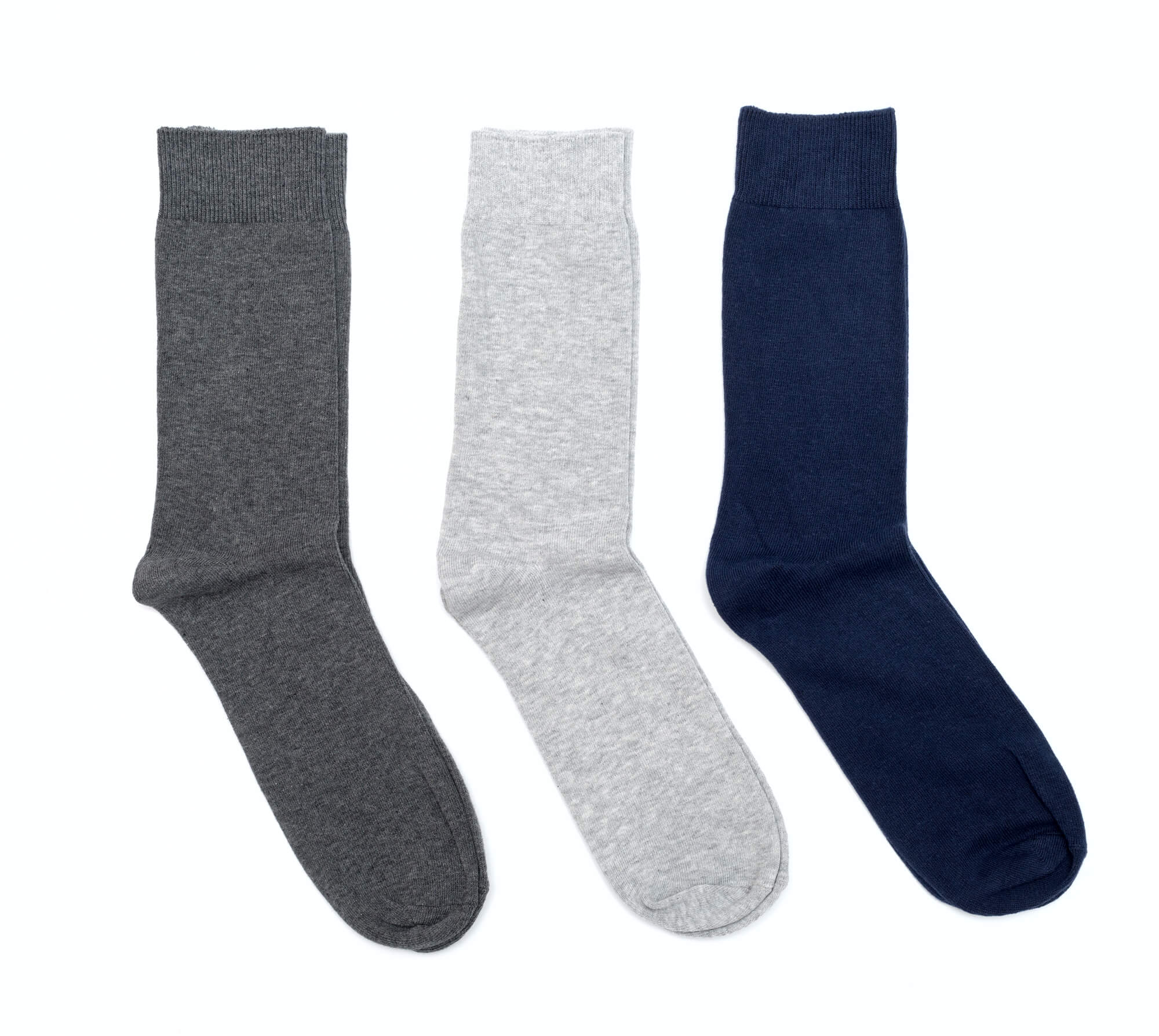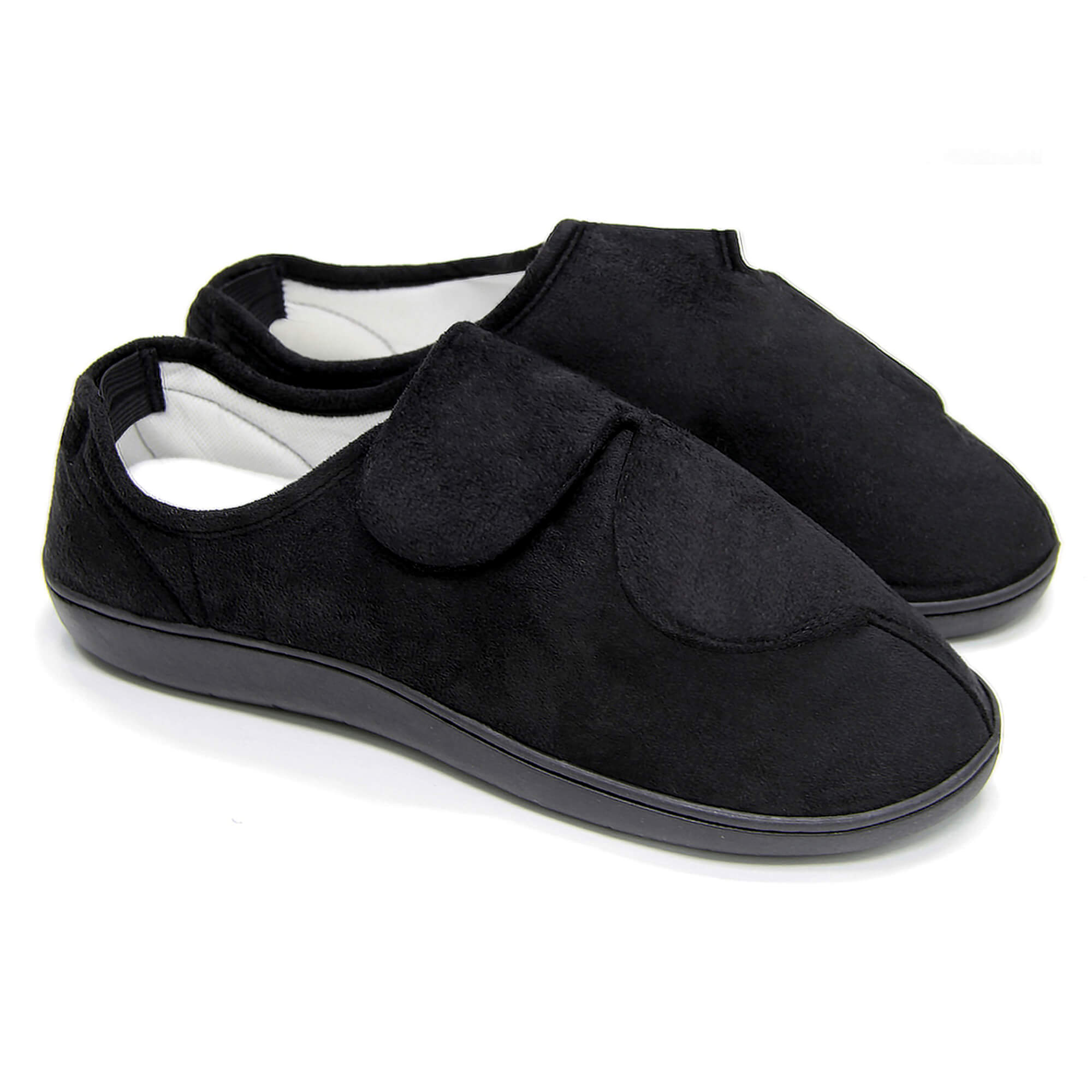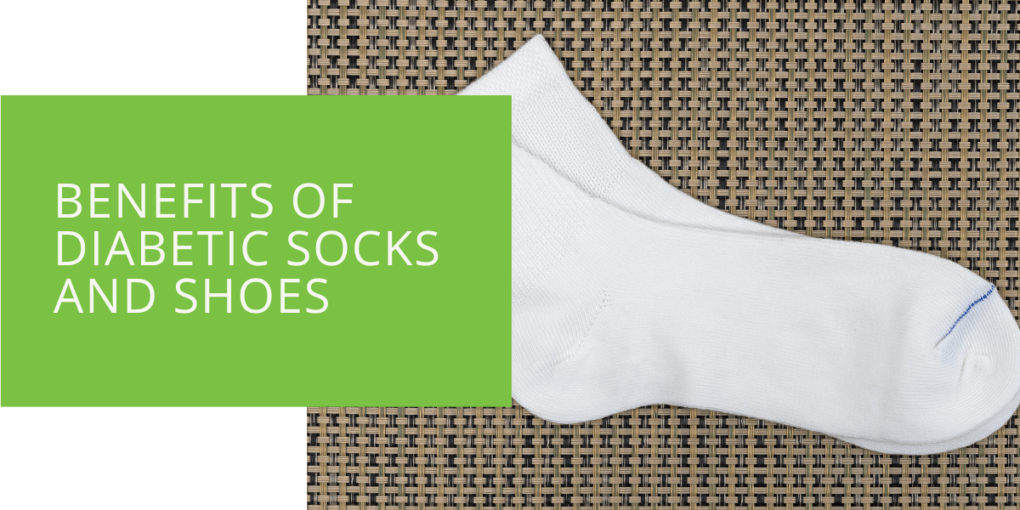Benefits of Diabetic Socks and Shoes
Diabetes is a chronic condition that affects millions of people worldwide. It occurs when the body either doesn't produce enough insulin or doesn't use insulin properly. This leads to high blood sugar levels, which can cause many health problems if left unmanaged. One of the most critical areas of concern for people with diabetes is their feet. Diabetes can cause many foot problems, including neuropathy, amputation, and foot ulcers, which is why taking good care of your feet is essential. One way to do this is by wearing diabetic socks and shoes.
Benefits of Diabetic Socks
Diabetic socks are specially designed to provide various benefits for people with diabetes. They are made to be non-binding, seamless, and moisture-wicking, which helps to improve circulation and reduce the risk of foot injuries and infections. The following are some of the key benefits of diabetic socks:
- Improved circulation: Diabetic socks are designed to be non-binding, so they don't restrict blood flow. This helps to improve circulation in the feet, which is essential for people with diabetes. Poor circulation can lead to various problems, including neuropathy and amputation.
- Reduced risk of foot injuries and infections: Diabetic socks are also designed to be seamless, which reduces the risk of blisters and calluses. They also help to keep your feet dry, which can help to reduce the risk of foot infections.
- Reduced risk of blisters and calluses: Diabetic socks are also designed to be moisture-wicking, which helps to keep your feet dry. This can help to reduce the risk of blisters and calluses, which can be particularly painful for people with diabetes.

Types of Diabetic Socks
There are several different types of diabetic socks available on the market. Some of the most common include:
- Non-binding: These socks are designed to be non-binding, which means they don't restrict blood flow. This helps to improve circulation in the feet.
- Seamless: These socks are designed to be seamless, which reduces the risk of blisters and calluses.
- Moisture-wicking: These socks are designed to be moisture-wicking, which helps to keep your feet dry.
Benefits of Diabetic Shoes
Diabetic shoes are specially designed to provide various benefits for people with diabetes. They are made to be extra-depth, adjustable, and orthopedic, which helps to increase support and stability and reduce the risk of foot injuries and infections. The following are some of the key benefits of diabetic shoes:
- Increased support and stability: Diabetic shoes are designed to be extra-depth, which means they have more room for your feet. This can help to increase support and stability, which is essential for people with diabetes.
- Reduced risk of foot injuries and infections: Diabetic shoes are also designed to be adjustable, which can help to reduce the risk of foot injuries and infections.
- Improved comfort: Diabetic shoes are also designed to be orthopedic, which can help to improve comfort.

Types of Diabetic Shoes
There are several different types of diabetic shoes available on the market. Some of the most common include:
- Extra-depth shoes: These shoes have more room for your feet, which can help to increase support and stability.
- Adjustable shoes: These shoes have straps or laces that can be adjusted to fit your feet comfortably and reduce the risk of foot injuries and infections.
- Orthopedic shoes: These shoes are designed to provide additional support and cushioning for your feet, which can help to improve comfort.
Conclusion
Diabetic socks and shoes are essential to managing diabetes. They provide a range of benefits, including improved circulation, reduced risk of foot injuries and infections, and increased support and stability. It's important to note that it is always best to consult a podiatrist or other medical professional before purchasing diabetic socks or shoes. They can provide personalized recommendations and advice on properly caring for your feet. Regular socks and shoes do not provide the same benefits as diabetic socks and shoes and should not be used as a replacement.
It is also important to note that diabetic socks are designed with compression that can help to improve blood flow in your feet and legs. People with diabetes are at an increased risk of developing foot ulcers, which can lead to amputation. By wearing diabetic socks, you can protect your feet and reduce your risk of developing a foot ulcer.
If you have diabetes, taking good care of your feet is essential. This includes monitoring your blood sugar levels, eating a healthy diet, and exercising regularly. It also includes wearing diabetic socks and shoes, which can help to improve circulation and reduce the risk of foot injuries and infections. Taking good care of your feet can help protect you from the serious complications that can occur with diabetes.
FAQ
Should diabetics wear socks with shoes?
Yes, diabetics should wear socks with shoes. Diabetic socks are specially designed to provide a range of benefits for people with diabetes, such as improved circulation, reduced risk of foot injuries and infections, and reduced risk of blisters and calluses. Wearing diabetic socks with shoes can help to protect your feet and reduce your risk of developing a foot ulcer.
When should you wear diabetic socks?
Diabetic socks should be worn all the time, not just when exercising or doing other physical activities. They are designed to be worn throughout the day to provide ongoing support and protection for your feet.
What do diabetic shoes do for your feet?
Diabetic shoes are specially designed to provide various benefits for people with diabetes. They are made to be extra-depth, adjustable, and orthopedic, which helps to increase support and stability and reduce the risk of foot injuries and infections. They can also help to improve comfort.
Can diabetics wear shoes without socks?
While diabetics can technically wear shoes without socks, it is not recommended. Diabetic socks are specially designed to provide a range of benefits for people with diabetes, such as improved circulation, reduced risk of foot injuries and infections, and reduced risk of blisters and calluses. Wearing diabetic socks can help to protect your feet and reduce your risk of developing a foot ulcer.
Should diabetics wear socks all the time?
Yes, diabetics should wear socks all the time. Diabetic socks are designed to be worn throughout the day to provide ongoing support and protection for your feet. Not wearing diabetic socks can increase the risk of foot injuries and infections and can lead to poor circulation.

